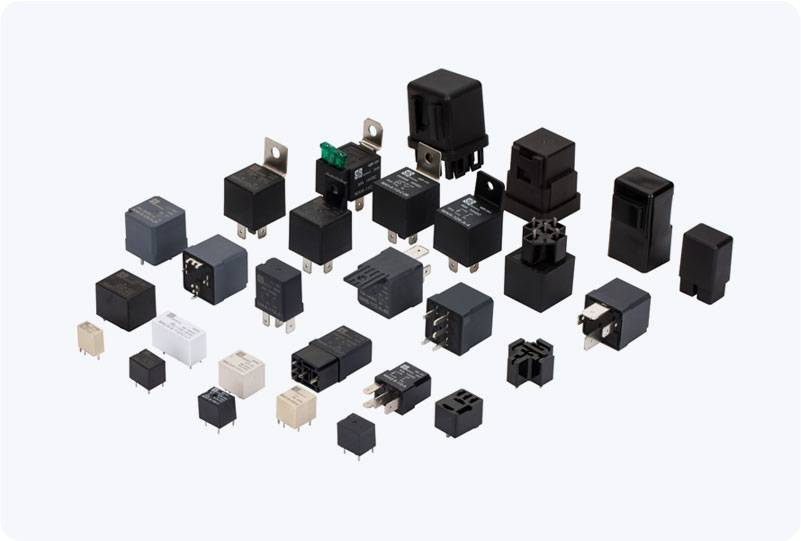The 1000V 500A DC relay is a critical component in modern electrical systems, especially where high-voltage direct current (DC) circuits are involved. With the increasing reliance on renewable energy sources, electric vehicles, and industrial automation, the need for high-performance relays capable of handling large currents and voltages is more prominent than ever. This article will delve into the key features, applications, and design considerations of the 1000V 500A DC relay, offering an in-depth look at its role in high-voltage DC systems.

What is a 1000V 500A DC Relay? A 1000V 500A DC relay is an electromechanical device designed to control high-power DC circuits. The 1000V rating indicates that the relay can handle up to 1000 volts of direct current without suffering damage, while the 500A rating indicates it can control up to 500 amperes of current. These relays are particularly useful in systems that require safe switching of large currents and high voltages, such as in electric vehicles, renewable energy applications, and industrial machinery. DC relays differ from their AC counterparts in that DC circuits do not have a natural zero-crossing point. This lack of zero crossing makes DC circuits more prone to arcing when the circuit is opened. As a result, special design considerations are required to prevent damage to the relay and ensure safe operation.